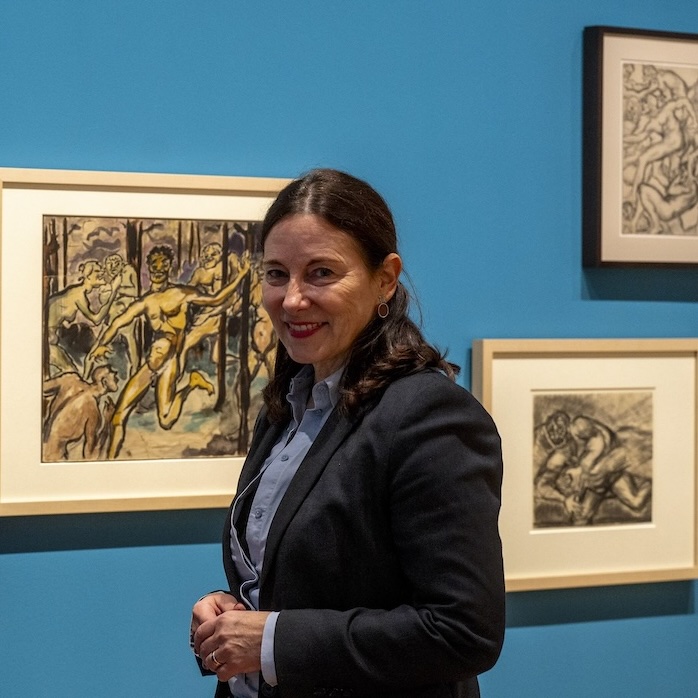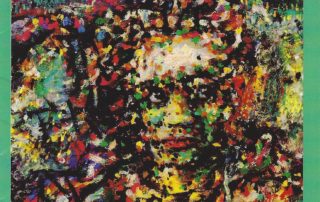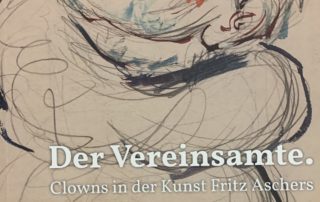Rachel Stern2024-12-18T05:55:27-05:00December 4th, 2024|Events, Lectures, Past Events|
Jutta Götzmann, exhibition curator of "Love and Betrayal," presents the artist Fritz Ascher (1893-1970) during a tour. In addition to early charcoal, graphite and ink drawings, colorful gouaches are fascinating. Poems that are considered his "unpainted pictures" and were created in secret during the National Socialist era complement the exhibition. BUY TICKETS HERE The Fritz Ascher Society is a not-for-profit 501(c)3 organization. Your donation is fully tax deductible. YOUR SUPPORT MAKES OUR WORK POSSIBLE. THANK YOU. DONATE HERE
Rachel Stern2025-03-03T12:08:54-05:00August 12th, 2024|Exhibitions, Past Exhibitions|
The late Expressionist artist Fritz Ascher (1893-1970) survived two world wars and persecution by the National Socialist regime. A close observer of the horrors of World War I and revolutionary unrest, he turned to Christian spiritual themes, which he radically reinterpreted. In intimate drawings, he dealt with the theme of love and betrayal from 1916 onward, both in his exploration of the crucifixion theme and with the figure of Bajazzo in the tragicomic opera "I Pagliacci." Ascher's strong and unique artistic voice is evident not only in his artwork, but also in his poems. These were written when he was no longer allowed to work under National Socialism because of his Jewish roots and as a representative of modernism, [...]
Rachel Stern2021-02-24T05:40:28-05:00February 24th, 2021|Selected Publications|
Ascher composed, wrote, drew and painted: Between 1942 and 45 - three long years - he hid from the persecution of the fascists in the basement of a bombed-out house in Berlin-Grunewald. Immobility, loneliness and hunger as well as the fear of betrayal and discovery, torture and death did not leave him during this time. In this situation he found poignant words for his “unpainted pictures”. He conveys both the intensity of his thought processes and his sensitivity for - and his use of - words as well as their nuances and sound patterns. Above all, he demonstrates the indomitable spirit of the artist Fritz Ascher, which no circumstance, regardless of the medium, can prevent from creating with vehement and [...]
Rachel Stern2021-02-24T04:27:46-05:00February 24th, 2021|Selected Publications|
For Fritz Ascher, the ambivalence of the clown as an outsider in society was a central motive. Fritz Ascher found his Bajazzo motif during the First World War, a time of political, societal and social upheaval. In her introduction to this catalog, Rachel Stern traces Ascher's world as well as his artistic development and illuminates the further life of the persecuted and ostracized artist through the horrors of the Nazi regime. In the catalog essays, the authors Jutta Götzmann and Ori Z. Soltes highlight Fritz Ascher's Bajazzo works in a focused way. In addition to Ascher's Bajazzo works, the catalog also includes depictions of landscapes created after 1945, which clearly show the personal and artistic break through experiencing persecution, ostracism by [...]






